Red & Yellow’s Visual Studies lecturers Dr Danielle Becker and Jana Vosloo analyse selected first year Photography students’ coverage of Election Day, 2024.
This blog is positioned as a meta-level commentary and example of Visual Studies analysis. It demonstrates the nature of the discipline and the academic skills we expect from our students in the BA degree.
Visual Studies as a discipline
The discipline of Visual Studies is taught as one of the primary theoretical subjects for students studying towards the Bachelor of Arts in Visual Communication at Red & Yellow Creative School of Business. The discipline, at its root, attempts to understand and theorise our contemporary world, which is commonly acknowledged to be increasingly saturated with images. As Nicholas Mirzoeff notes in his Introduction to Visual Culture, ‘[i]n this swirl of imagery, seeing is much more than believing. It is not just a part of everyday life, it is everyday life’ (1999: 1). In a world dominated by the visual, being able to harness the skills to critically analyse images is proving to be increasingly important. For Visual Studies, images are perceived to produce and be produced by discourse, which emphasises the importance of understanding visual knowledge production. As Stuart Hall writes, ‘Discourse is about the production of knowledge through language … Since all social practices entail meaning, all practices have a discursive aspect’ (1992: 291). In other words, discourse (written or spoken communication) has a hand in both producing images and structuring how images are perceived. In the classroom setting, we as lecturers are constantly looking for relevant, contemporary examples of ‘social practices’ to aid students’ understanding of the applicability of Visual Studies theory. The recent South African elections (held on May 29th) provided examples relevant to the classroom context, and the way in which these elections were visualised held particular pertinence for discussion.
As a further example of the way in which current affairs impact teaching practice, photography lecturer, Valentina Nicol, asked her first year class to take photographs of the elections as part of a practical project. These images provide a useful case study for a Visual Studies analysis and surface insights into both students’ perspectives and broader political concerns.
Elections and public space
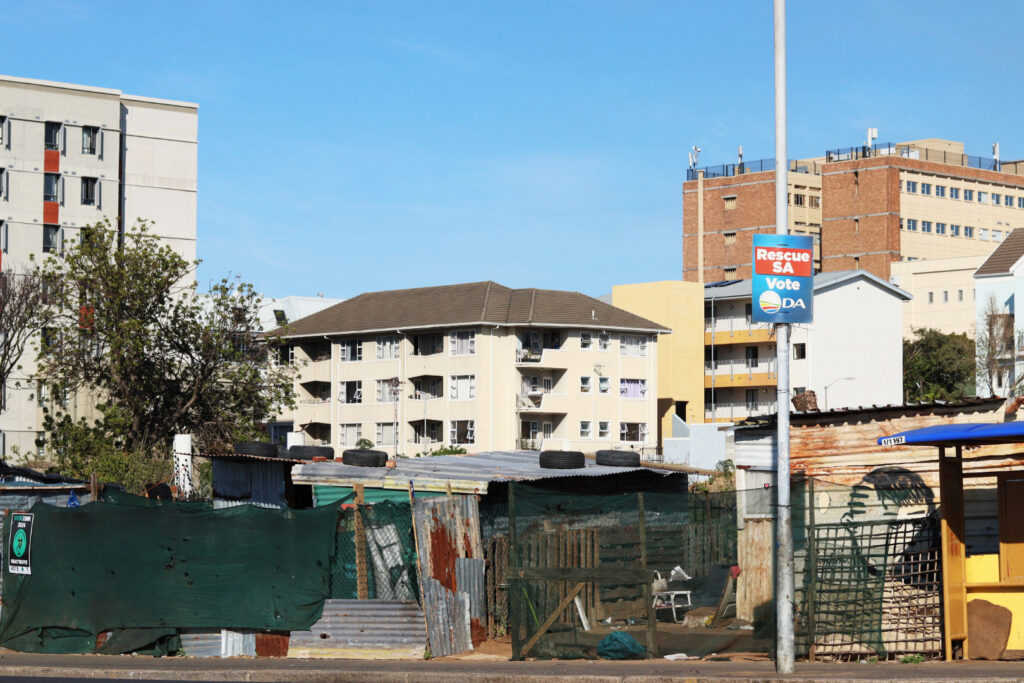
Fig 1. Majiet, T. A DA poster in Observatory placed on a pole adjacent to an informal settlement before Election Day, 29 May 2024. 2024. Digital photograph. 1620x1080px
A photograph by first year student, Tasneem Majiet (figure 1), shows an all too familiar South African scene where the brick and mortar buildings in the background contrast with shelters impressively engineered from a haphazard collection of found objects. The people occupying the shacks in this particular area were given an eviction notice from the City of Cape Town, which has been challenged. As Marcecia Damons notes on GroundUp, the residents of the ‘informal settlement’ (itself a political loaded term) have named their area ‘Singabalapha’ — ‘We belong here’, which only emphasises the contested viewpoints on public and private space in the city (Damos 2024: Online). The obvious contrast seems almost theatrical when tagged in the foreground by the DA’s poster reading ‘Rescue SA, Vote DA’; as though the party had orchestrated the scene for a political advertisement. The clear visualisation of South African inequality, while seemingly emphasising the sentiment that South Africa is drowning, also asks who the victims and heroes might be in the act of rescuing. For whom and to whom do such political sentiments speak?
The choice, on the student photographer’s part, to highlight inequality and social concerns contrasts with the photograph by Jorja Brown (figure 2) (published by The Citizen) which chooses to showcase the joy and excitement felt by a young child on voting day as they wave a DA flag. Here the tone is one of celebration of the democratic freedom to vote and is something of an extension of the sentiment that South Africa is in trouble: the child’s t-shirt reads, ‘Ons is Oppit!’ (‘We are on it’), suggesting that it is the DA party who will steer the rescue operation. Despite the air of triumph in this photograph, where sunlight streams at an angle through the solar logo on the flag and onto the child’s beaming face, when one looks past the painterly light into the background of the image, one still sees the ubiquitous corrugated iron structure and the dark corridor leading into high density lives.
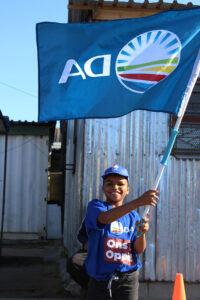
Fig 2. Brown, J. A young boy flying a Democratic Alliance (DA) flag outside Westlake voting station for 2024 Elections, on 29 May 2024. 2024. 3222x4833px.
Shifting the perspective from national to international, the photograph by Kate Tromp (figure 3) choses to focus on a pro-palestinian mural in Salt River alongside a voting station very close to the Red & Yellow campus. The mural in question is a well known mural on Coleridge Street that was completed in February 2021 by Dbongz Mahlathi and Vivasage. It depicts The Salt River Heritage Society (SRHS) executive member Kulsum Viljoen’s face and hands with her green prayer beads and embroidered robe (Benson and Gamedze, 2023: Online). As Benson and Gamedze note in their article for ASAI (Africa South Art Initiative), Viljoen did not give permission for her face to be depicted in the mural, and so, following a lack of response to her request to have the mural removed, she has claimed it as her own and has reworked it for her own purposes (Benson and Gamedze, 2023: Online). The initially monochrome mural now includes the colours of the Palestinian flag, a red tear and a speech bubble with the text, ‘From Salt River to the sea, Palestine will be free’. In Tromp’s image, the photograph is composed so as to draw a connection between the flowing red material of the EFF banner with its green logo and the red, green, white and black of the mural. The EFF banner reads like an extension of Viljoen’s scarf and draws attention to the ways in which international concerns impact South African politics. The stance of South African political parties on the conflict in Gaza between Israel and Palestine has had a profound impact on voting allegiance. As noted by Ilham Rawoot for Aljazeera, for the Muslim population in South Africa, the stance of political parties on Gaza is of great importance and has historical links to apartheid era politics (Rawoot 2024: Online).
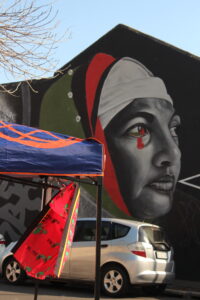
Fig 3. Tromp, K. Untitled. 2024. 3456x5184px.
In many ways, these above student photographs depict public space as a significant democratic actor. It is the space itself, as much as the human subjects, that plays a role in the political ‘landscape’ in South Africa. The photographs also indicate how private spaces, like homes, are implicated in public politics and the sense in which these elements cannot be disentangled from one another.
Butler and public assembly
In Visual Studies research, it is often helpful to draw upon a theorist or prominent thinker in order to add conceptual depth to an analysis of a ‘cultural text’, like the photographs, in this instance. Feminist philosopher, Judith Butler (who prefers the pronouns they/them), writes in their book Notes Towards a Performative Theory of Assembly (2015) about the embodied nature of political assemblies. Their overall argument is that relational thinking is needed to make sense of mass movements and coalitional politics. Butler (ibid., 27) is curious about ‘what it means, politically, to live together, across differences, sometimes in modes of unchosen proximity’ with anonymous others. The following quotation summarises Butler’s position well:
Freedom does not come from me or from you; it can and does happen as a relation between us, or indeed, among us. So this is not a matter of finding the human dignity within each person, but rather of understanding the human as a relational and social being, one whose action depends upon equality and articulates the principle of equality […] The claim of equality is not only spoken or written, but is made precisely when bodies appear together, or rather, when through their action, they bring the space of appearance into being (Butler 2015: 89).
Butler’s idea that bodies appearing together in public space also creates the public spaces in which bodies can appear together reveals that there is a performative element at play when we vote, and it has to do with the visual representation of coming together in public. While, for example, the public and private spaces represented in figure 1 present a visual example of the discourse on economic inequality, it also provides a spatial example of the ways in which human bodies are forced to coexist and share public spaces. Such an enforced spatial coexistence ‘bring[s] the space of appearance into being’ (Butler 2015: 89) when these bodies are asked to stand in lines to vote. In a similar vein, the outcome of the election also points towards the forced coexistence of political parties in the shape of a coalition or national unity government.
Many of the photography students decided to capture the long rows of voters as a visual marker of democracy. Interestingly, both Carlene Hall (figure 4) and Emma Rendall (figure 5) photographed their images so that the photographer/ viewer appears to be peering in at the voters from outside a fence. This choice to include a barrier in the shot implies that the crowd in the distance is a separately contained body. The fence also serves as a mechanism that directs the gaze of the viewer towards participating in an arbitrary act of categorisation. For example, in figure 4 the crowd is divided into three segments, reminding the viewer that although there may be a singular, unified line, there remains a divide amongst different party allegiances and ideological stances.
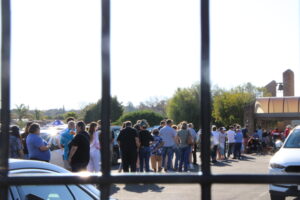
Fig 4. Hall, C. Untitled. 2024.6000x4000px.
The Butlerian lens cautions against both a naive sense of unity, or an overly individualised understanding of political action. Rather, the focus is placed on what happens between each other when showing up politically. From this perspective, perhaps Rendall’s composition (figure 5) can be read as not merely depicting a long spaced out and compartmentalised line, but rather, as being mindful of the political significance of what transpires in the in-between spaces and moments. These moments might entail a kind gesture from a stranger holding your place in the line, a hopeful political conversation about South Africa’s future, or shared complaints about the bodily burden of waiting in a queue for an uncertain amount of hours. As literary critic Lauren Berlant (2011: 260) also argues: ‘One “does politics” to be in the political with others, in a becoming-democratic that involves sentience, focus, and a comic sense of the pleasure of coming together once again’.
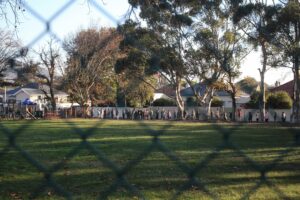
Fig 5. Rendall, E. Untitled. 2024. 2048x1365px.
Precarious politics
In addition to this seemingly positive lens, Butler also reveals some of the paradoxes that stem from bodies appearing together politically. On the one hand, ‘the life of the body – its hunger, its need for shelter and protection from violence – becomes a major issue for politics’ (Butler 2015:96). On the other hand, people must congregate together (whether it be through the act of voting, or protesting) in order to advocate for these bodily needs. Another photograph by Emma Rendall (figure 6) captures a Checkers Sixty60 delivery person driving past a DA booth, presumably to the next drop-off point. The composition frames the driver between two, almost symmetrical, lamp poles with ‘RISE Mzansi’ posters tied to them, and the mountain slopes of Devils Peak in the background. A potential scenario for this scene may be that the Checkers Sixty60 driver needs to work on the public holiday, or perhaps they are a foreign national who is unable to vote. The irony is also that the driver’s own financial wellbeing is achieved by providing sustenance and convenience to the customers. On a broader, symbolic level, this photograph can be read alongside Butler’s thinking to reveal the paradox of political participation. Appearing together in public is often dependent on some material conditions being met (food, shelter, safety, financial security). Simultaneously, one of the best means to demand these conditions is by appearing in mass public democratic activities. Indeed, ‘the very platform for politics becomes the object around which political mobilisation rallies’ (Buter 2015: 129). In the South African context, it is clear that some bodies are more precarious than others, and often the need for survival impedes upon the possibility of exercising the bodily democratic acts that might enable citizens to ‘rise’ to a better life for all.
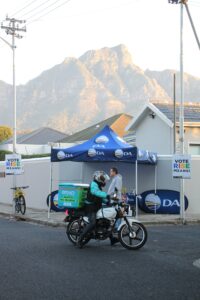
Fig 6. Rendall, E. Untitled. 2024. 3363x5045px.
Practices of looking
Each of the photographs analysed, albeit from a compositional, contextual, or theoretical perspective, revealed to some extent the visual significance of the past election. The numerous campaign posters placed on lamp poles around the country and on social media affirm the notion that ‘our world is organised by practices of looking’ (Sturken and Cartwright 2018: 14). In this sense, it is also important to acknowledge that ‘looking involves relationships of power’ (ibid.,18). It is in understanding this power inherent in the realm of the visual that the importance of a discipline like Visual Studies becomes manifest. Having the tools to analyse images through ‘practices of looking’ extends beyond specific moments in time and provides students with critical awareness informed by history and theory. Red & Yellow students are encouraged to harness these critical thinking skills as they continue to contribute and engage with the visual landscape of South Africa and beyond.
Reference list
Benson, K. and Gamedze, T. 2023. Salt River’s Wall Wars: Forging Solidarities Through People’s History [Online].
Available at https://asai.co.za/salt-rivers-wall-wars-forging-solidarities-through-peoples-history%EF%BF%BC/ [Accessed 6 June 2024].
Berlant, L. 2011. Cruel Optimism. Durum, North Carolina: Duke University Press.
Butler, J. 2015. Notes Towards a Performative Theory of Assembly. Cambridge: Harvard University Press.
Damons, M. 2024. Court battle looms over Observatory pavement occupation [Online].
Available at https://groundup.org.za/article/observatory-occupiers-to-challenge-citys-offer-to-relocate-them-to-delft-south/ [Accessed 6 June 2024].
Hall, S. 1992. ‘The West and the Rest’, in Formations of Modernity, edited by S. Hall and B. Bieben. Cambridge: Polity Press/ The Open University.
Mirzoeff, N. 1999. Introduction to Visual Culture. London: Routledge
Rawoot, I. 2024, ‘Jolt to reality’: Gaza war shakes up South Africa’s election campaign [Online]. Available at https://www.aljazeera.com/features/2024/2/28/jolt-to-reality-gaza-war-forces-voter-rethink-ahead-of-south-africa-poll [Accessed 6 June 2024].
Sturken, M. and Cartwright, L., 2018. Practices of Looking: An Introduction to Visual Culture. Oxford: Oxford Univ. Press.


